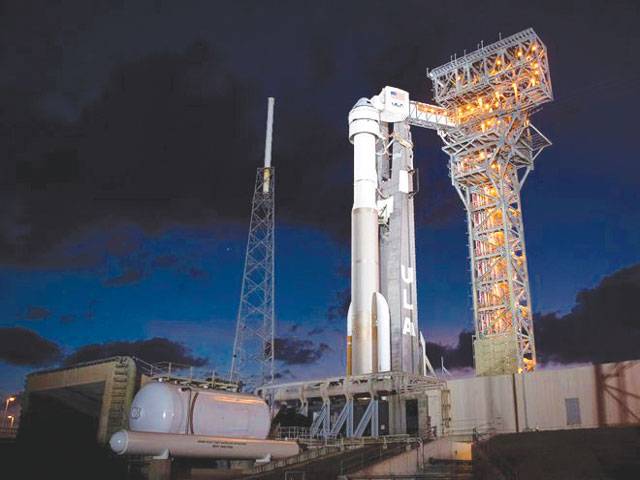LONDON-America is about to take another step towards being able to launch its own people into orbit again - a capability it’s not had for nearly nine years. The Boeing company is going to launch a test capsule to the International Space Station (ISS).
But if it performs without incident, astronauts will start using the craft next year.
Lift-off atop an Atlas rocket from Cape Canaveral Air Force Station in Florida is scheduled for 06:36 local time (11:36 GMT) on Friday.
The automated mission to the ISS should last a week. The capsule will come home to New Mexico, using parachutes and airbags to make a soft landing on desert terrain in the early hours of 28 December.
Not since 2011, when the shuttles were retired, have Americans launched from their own soil; US astronauts have been hitching rides in Russian Soyuz capsules instead.
Starliner is the second of the new systems the American space agency (Nasa) hopes will restore independent human access to low-Earth orbit.
When that happens, Nasa will start purchasing seats in what will become commercial astronaut taxi services.
Contracting out space transportation in this way is designed to free up money for the agency to concentrate on the harder and more expensive task of getting people to the Moon and Mars.
“Nasa wants to be one customer of many customers in a very robust commercial marketplace for human spaceflight in the future,” said the agency’s administrator, Jim Bridenstine.
“The ultimate goal being we want to drive down costs, increase innovation, and increase access to space in a way that we’ve never seen before.”
It will be carrying 270kg of supplies to the ISS - mostly food - and an anthropomorphic test device (ATD), or dummy, nicknamed “Rosie”.
The ATD is covered in sensors to record the onboard environment. “She” will tell engineers how much discomfort a real astronaut might experience during the more violent phases of flight, such as on launch or during landing.
The latest version of this vehicle was developed originally only to launch satellites, but with 80 flights and no losses to its name - there is high confidence in its suitability to launch crew.
The Atlas family of rockets actually has quite a storied history in human spaceflight. They were used in the Mercury programme in the early 1960s.
“John Glenn was launched in the first (American) human orbital mission on an Atlas rocket in 62,” remarked John Elbon, the chief operating officer for United Launch Alliance (ULA), which manufactures the Atlas.
Sunday, May 19, 2024
Boeing prepares to launch astronaut capsule for Nasa

3:15 PM | April 24, 2024
2:23 PM | April 24, 2024
NEPRA’s Neglect
May 19, 2024
Colonial Grip
May 19, 2024
Confrontational Politics
May 19, 2024
Sports & Genocide
May 18, 2024
Healing AJK
May 18, 2024
Unsung Heroes of Society
May 19, 2024
Water Shortage in Our Area
May 19, 2024
The AI Trap
May 19, 2024
Continuing Narrative of Nakba
May 18, 2024
Teacher Struggles
May 18, 2024
ePaper - Nawaiwaqt
Advertisement
Nawaiwaqt Group | Copyright © 2024





